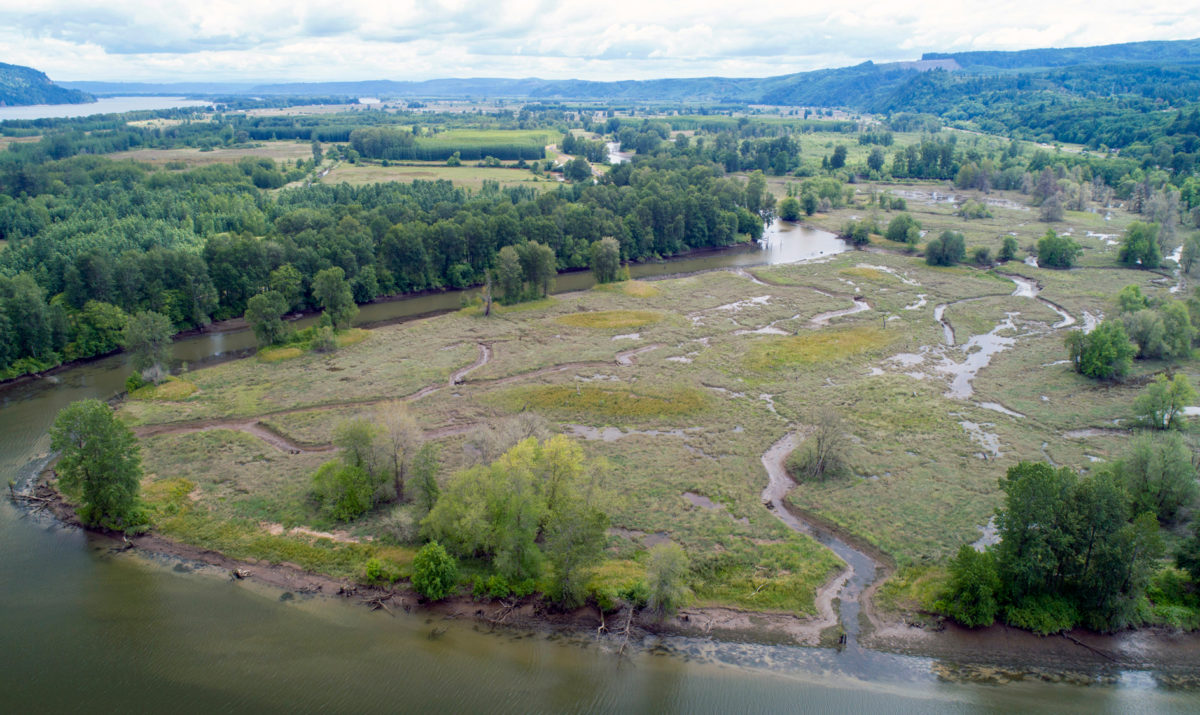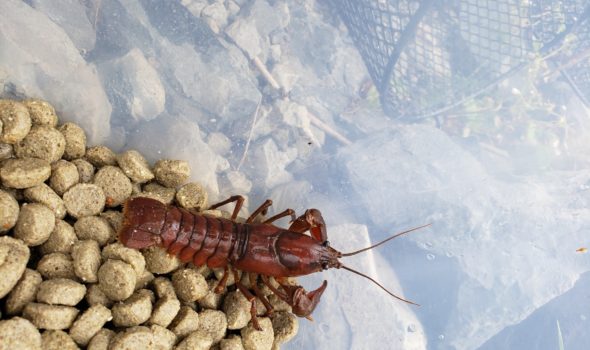The Big Picture
The Columbia River is one of the great rivers of America. Its islands, shores, tributaries, and floodplain support the habitat, the wildlife, and land-connected livelihoods that define the Northwest. Columbia Land Trust now cares for some 2,200 of land in and alongside its shores; these are places where we can reconnect the land with the tides, re-grow native trees and plants, and set the stage for nature to regenerate.
Why It Matters
The lower reaches of the river and its many tributaries provide essential habitat for 13 Columbia River salmon and steelhead listed under the Endangered Species Act, as well as the many Northwest mammals and birds that need well-functioning habitat to thrive. The last 150 years, however, have brought radical changes to our iconic northwestern river: With dams controlling its flow, the river has what “altered hydrologic regime.” Shoreline development, water-quality degradation, invasive species, and floodplain disconnection further affect the Columbia River’s health. One of our marquis projects? In 2012, we acquired 960 acres directly next to the river; one day, this floodplain-turned-cattle operation will become floodplain again—a land transformation that will have big benefits for the health of the river and the wildlife that depends on it.

